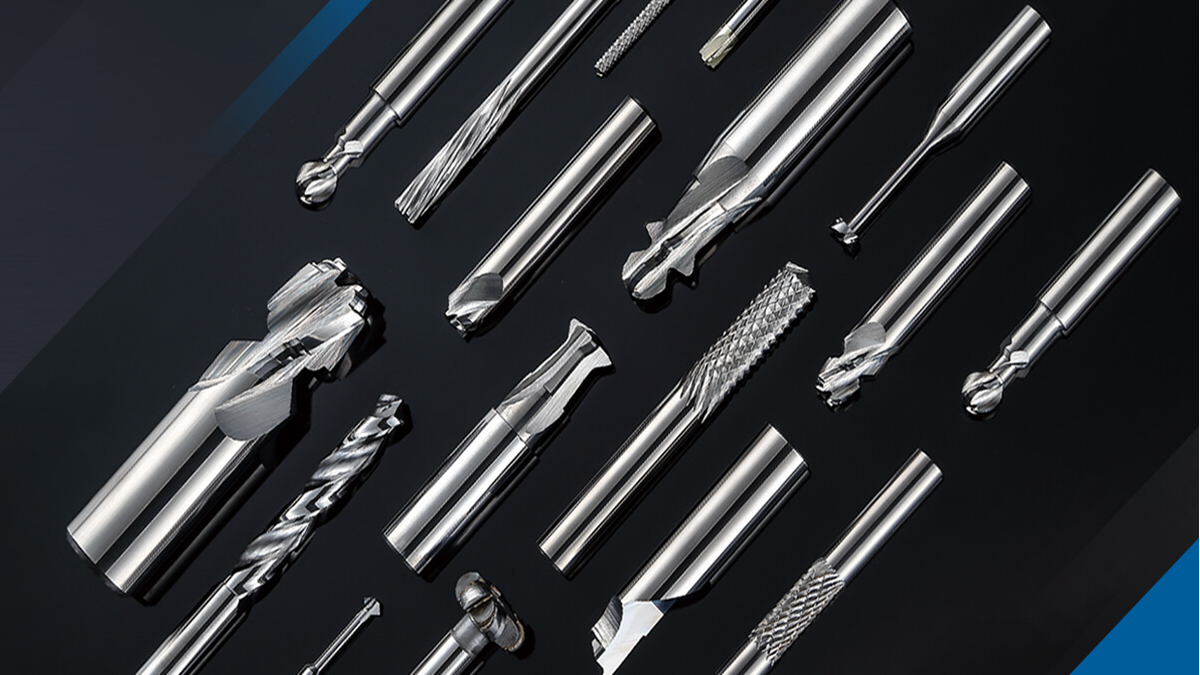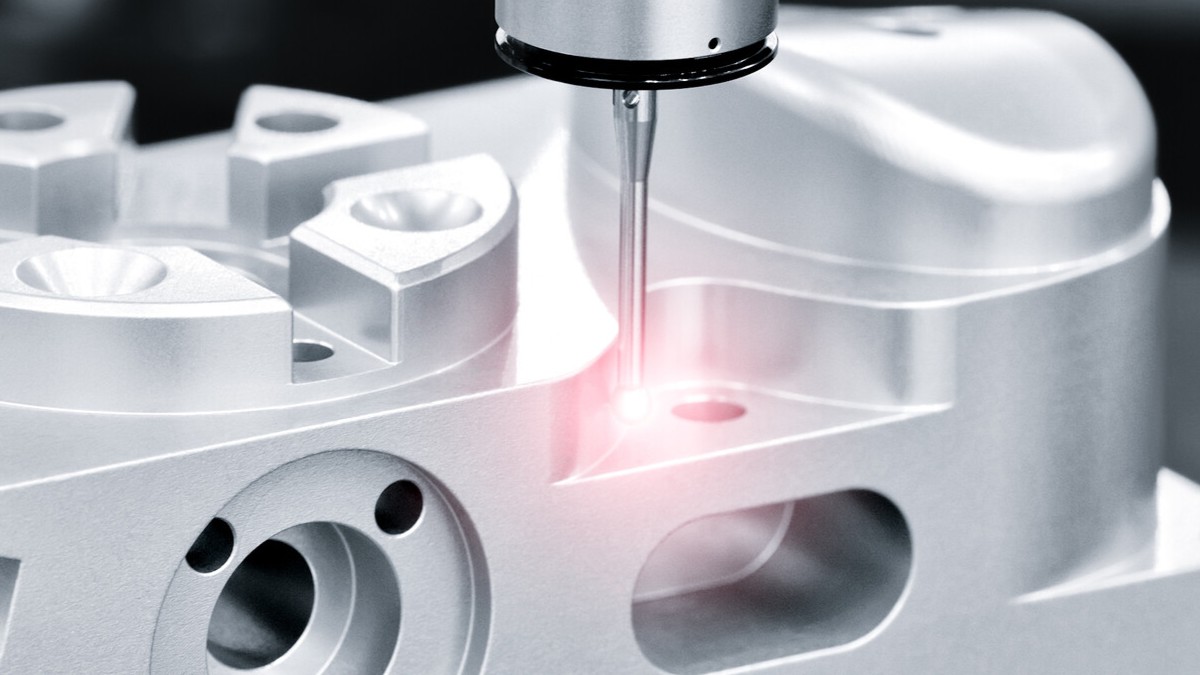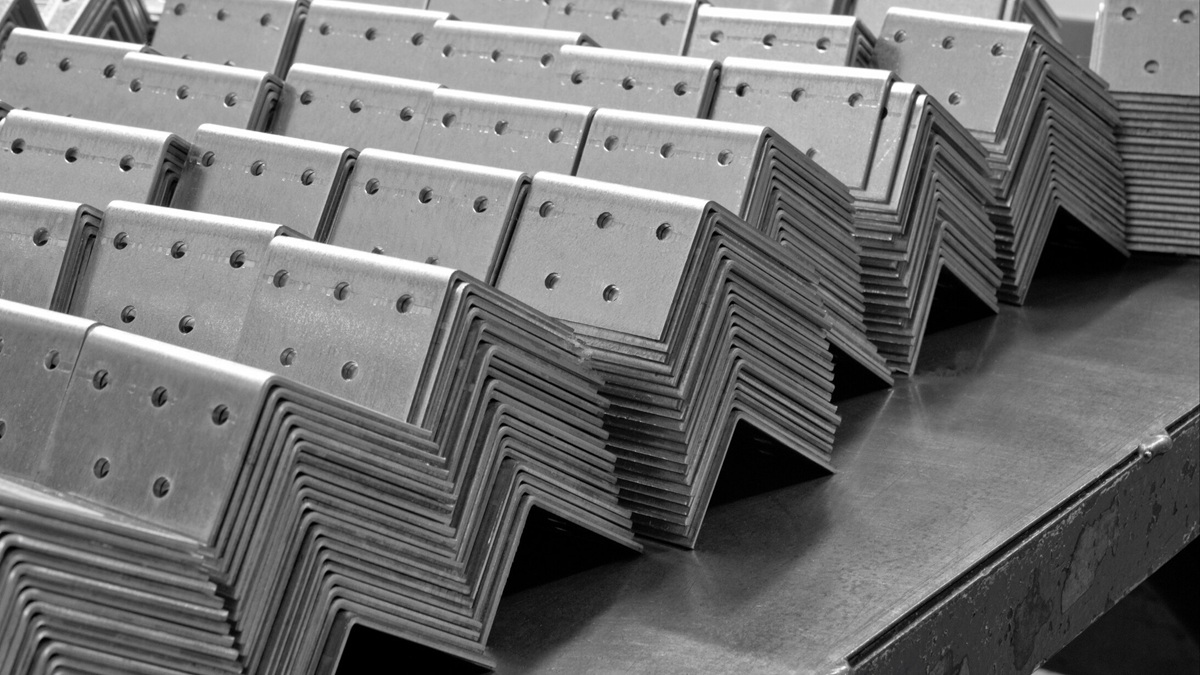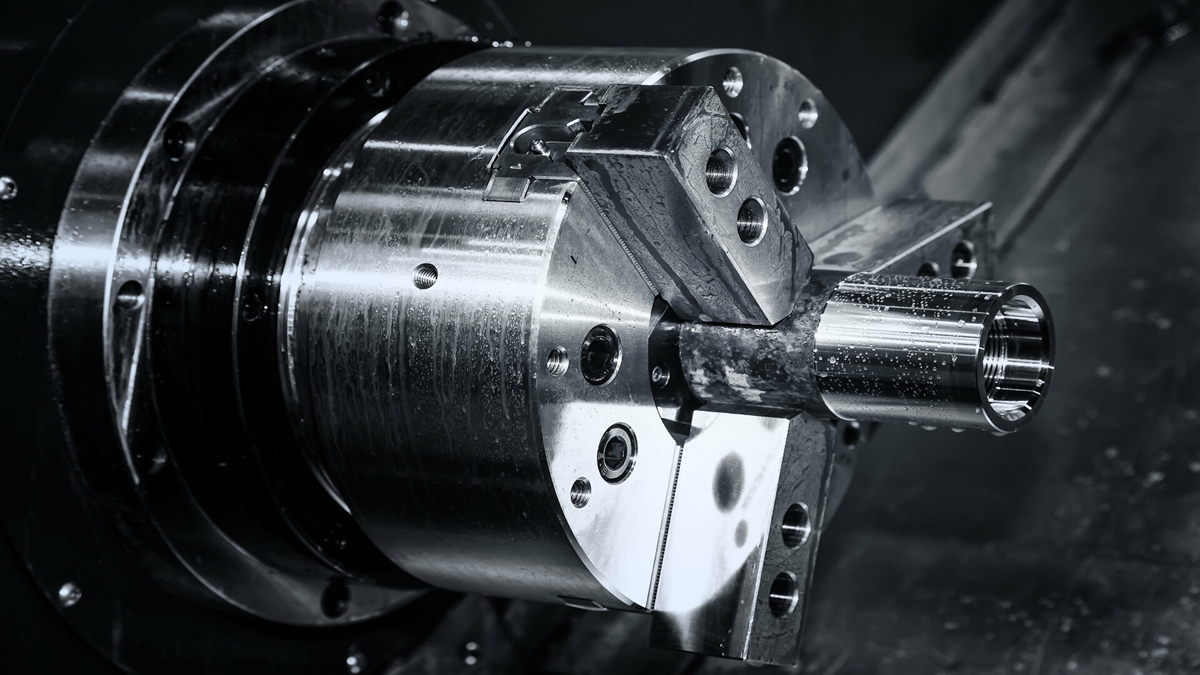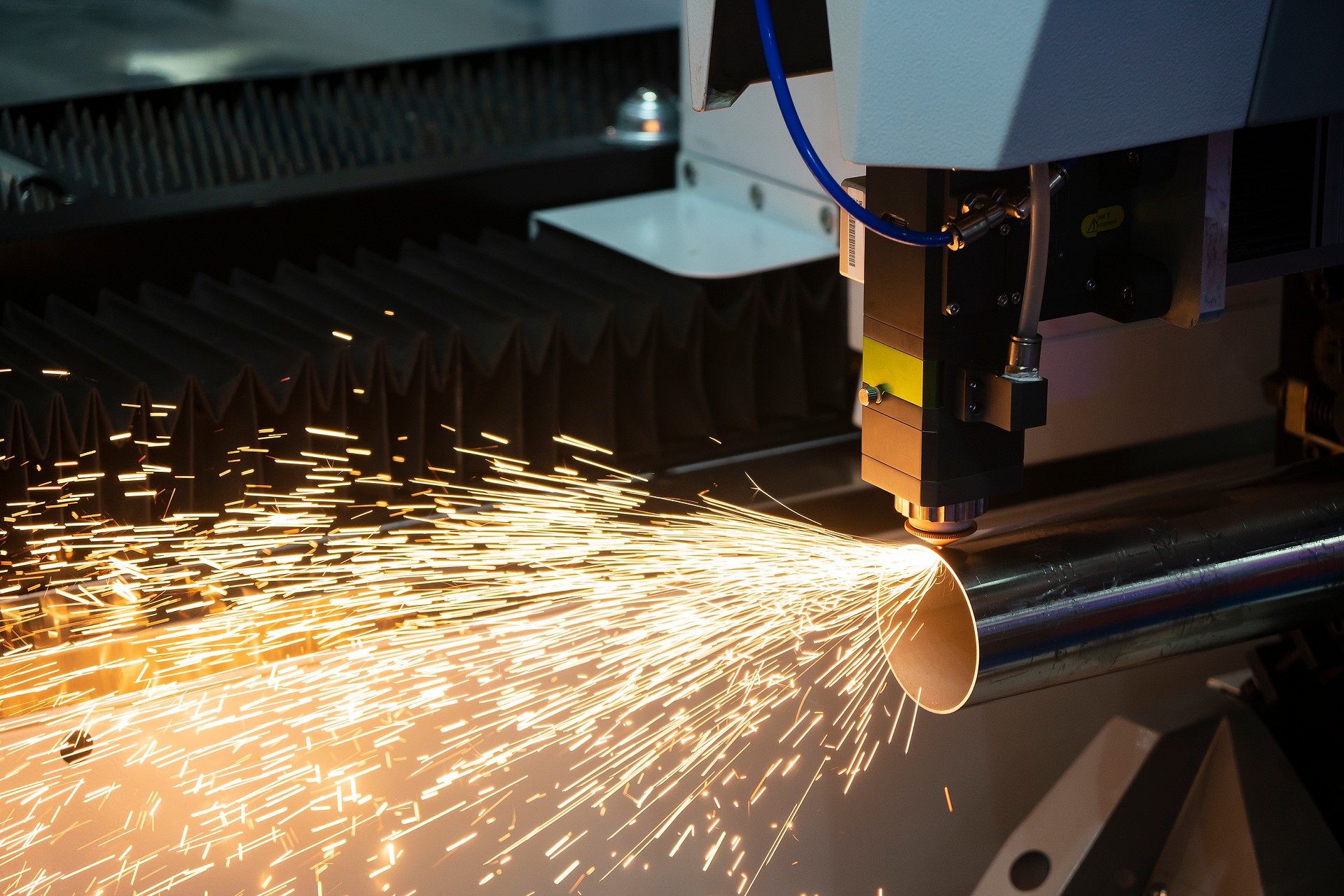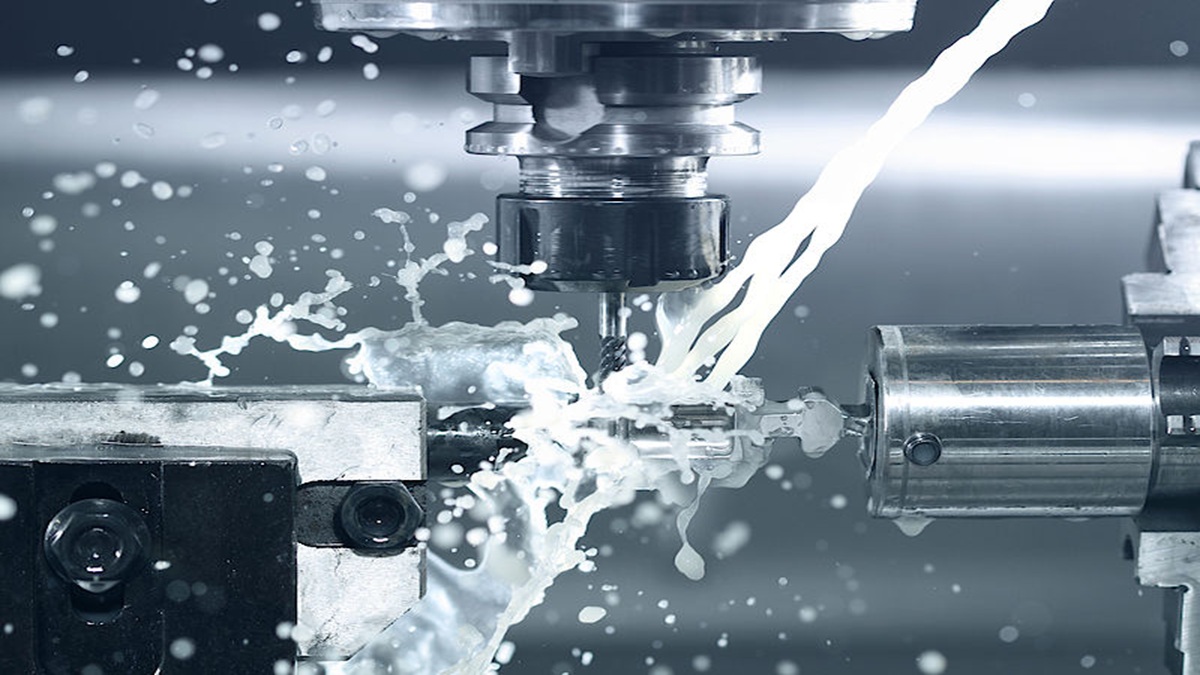Helical filters are essential components in radio frequency (RF) and microwave engineering, playing a key role in signal filtering and processing. Known for their compact size, high Q-factor, and broad frequency range, these filters are widely used across various industries. This report provides an in-depth look at helical filters, including their structure, operating principles, advantages, limitations, and typical applications.
Structure and Operation
A helical filter is a passive electrical device that acts as a resonator. It consists of a wire coil (helix) housed within a square or cylindrical conductive shield. One end of the helix is connected to the shield, while the other remains open. This setup functions similarly to a coaxial resonator but in a more compact form, thanks to the helical structure that reduces wave propagation speed.
The filter’s geometry plays a major role in its performance. The length of the uncoiled helix typically equals a quarter wavelength at the center frequency, enabling effective magnetic coupling between resonant cavities - critical for achieving desired filtering characteristics.
Key Advantages of Helical Filters
Compact Form Factor
Compared to traditional TEM combline filters or dielectric resonators, helical filters are significantly smaller - ideal for space-constrained systems like mobile communication devices.
High Q-Factor
Helical resonators can reach Q-factors in the thousands, comparable to cavity resonators. This is due to the skin effect at high frequencies, where current primarily flows along the surface of the helix and shield. Using highly conductive materials like silver or plated copper can further boost the Q-factor.
Flexible Design Options
The design can be easily tailored by adjusting parameters such as the coil’s size, number of turns, spacing, and cavity shape. This flexibility allows engineers to rapidly prototype and fine-tune performance for specific center frequencies and bandwidths.
Mechanical Tuning Capability
Many helical filters include a tuning mechanism - often a screw - that enables post-installation frequency adjustment. This feature is particularly valuable for adapting to environmental changes or system-specific performance requirements.

Referral Link
Limitations of Helical Filters
Insertion Loss
While compact, the structural complexity of helical resonators can sometimes hinder the use of cross-couplings needed for a cleaner passband, potentially resulting in higher insertion loss.
Complex Design Requirements
Achieving high Q-factors and sharp filter skirts often demands detailed modeling and design precision, including the placement of transmission zeros on both sides of the passband - an intricate and time-intensive task.
Restricted Bandwidth
Typically, helical filters support bandwidths ranging from 1% to 3%, which may not meet the needs of broadband applications.
Applications of Helical Filters
Telecommunications
These filters are widely deployed in UHF mobile communication systems due to their strong in-band performance and stable operation across varying temperatures.
Defense and Aerospace
The high Q and low-loss characteristics make them well-suited for radar, electronic warfare (EW), satellite communications (SATCOM), and other military or space-based systems where size and weight are critical.
Consumer Electronics
Helical filters are found in compact electronic devices that require high performance without compromising on space or weight.
Test and Measurement Equipment
Due to their precision and reliability, they are also utilized in automated testing systems and GPS/navigation equipment.
Conclusion
Helical filters are vital in modern RF and microwave systems, offering a unique combination of compactness, high Q, and adaptability. Despite design challenges such as insertion loss and limited bandwidth, their strengths make them indispensable across numerous industries—from telecommunications to aerospace. As demand for reliable, high-performance filtering solutions continues to rise, helical filters remain a key technology in the evolving field of electronic system design.





.png)
